There was a time when winter meant adventure on sparkling slopes, with laughter echoing through snow-draped forests and the promise of fresh powder drawing eager crowds. Imagine the thrill of discovering a hidden mountain where the world seemed both big and small—endless possibilities, yet close-knit communities. Now, many of these cherished ski resorts have vanished, swallowed by changing climates, shifting economies, and the relentless march of time. Their stories are more than memories: they’re echoes in the mountains, silent lifts dangling above empty trails, and nature slowly reclaiming what was once a bustling haven. What became of these winter wonderlands, and what remains for us to find among their ruins?
The Golden Era of Ski Resorts
The mid-20th century was a golden time for skiing in North America and across Europe. After World War II, returning soldiers brought back a passion for alpine sports, sparking a boom of ski resort development. Towns that had once been quiet farming communities transformed into vibrant winter destinations. Families loaded up station wagons, heading for weekends of skiing and hot chocolate in rustic lodges. Resorts like Colorado’s Geneva Basin and Vermont’s Hogback Mountain weren’t just places for recreation—they were lively social centers, brimming with excitement and camaraderie. The energy of this era was electric, and for many, it was the birthplace of lifelong love for the mountains.
Economic Shifts and the First Signs of Trouble
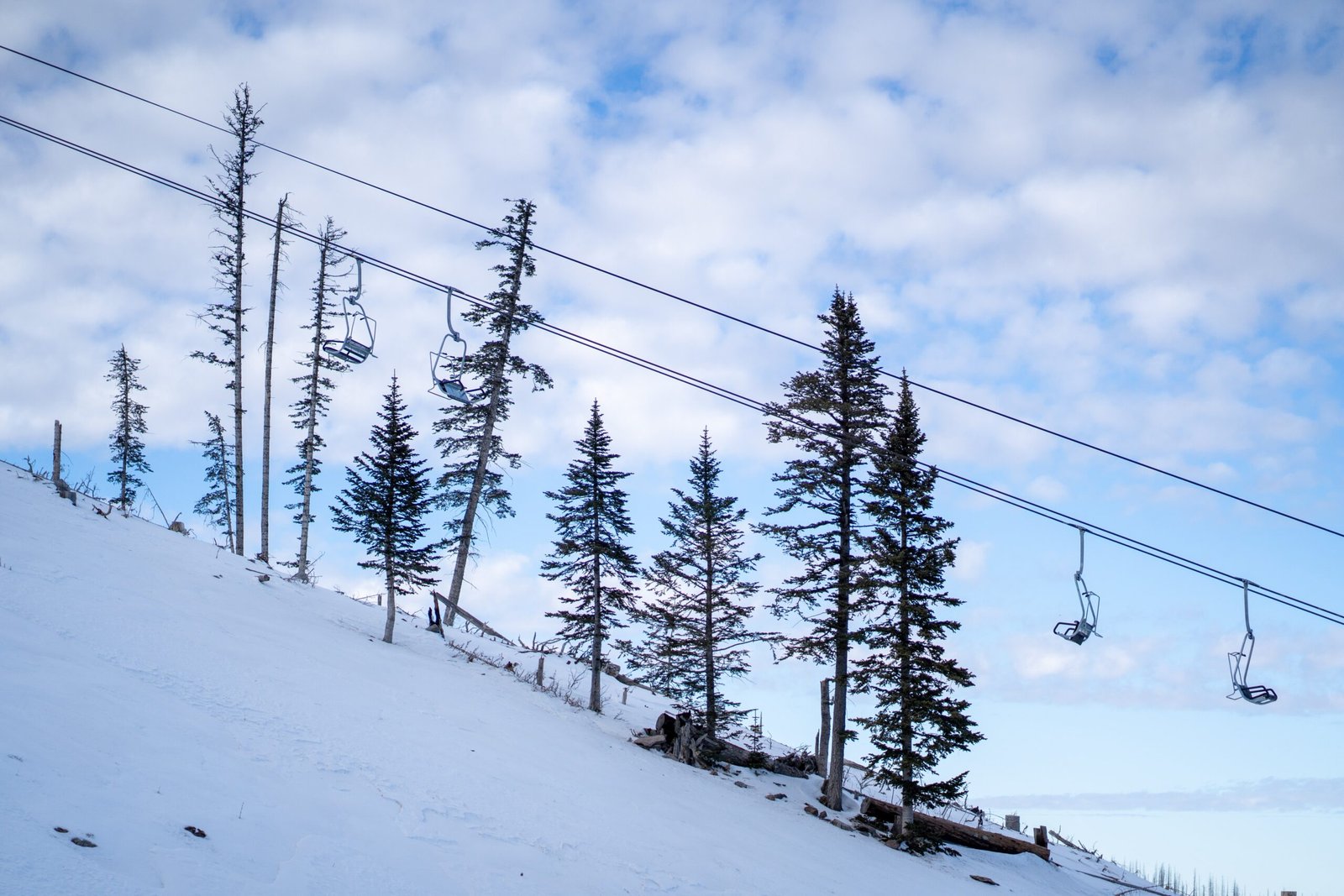
The initial enthusiasm could not last forever. By the 1970s and 1980s, economic realities began to take their toll. Smaller, family-owned resorts struggled to compete with larger, corporate-owned ski areas that offered more amenities and better snowmaking technology. Rising insurance costs and unpredictable weather made it difficult to keep the lifts running. Many resorts tried to adapt, adding summer activities or modernizing their facilities, but for some, it was too late. The closure of a ski resort often meant heartbreak for the surrounding community—a loss that went far beyond economics, touching on identity and tradition.
The Impact of Climate Change on Snowfall
One of the most dramatic reasons for the decline of ski resorts is the changing climate. Winters are warmer, and snowfall is becoming increasingly unreliable. In regions once famous for deep snow, rain now falls more often, washing away the base before the season ever begins. Resorts at lower elevations have suffered the most, with shorter seasons and mounting maintenance costs. Scientists have tracked these trends for decades, warning that without enough cold days, artificial snowmaking is only a temporary fix. The simple truth is that mountains cannot always deliver what they once did, and the environment is shifting faster than many predicted.
Abandoned Slopes: What Remains in the Wilderness
Visit a lost ski resort today, and you’ll find an eerie mix of nostalgia and decay. Chairlifts hang motionless, their cables singing in the wind, while weathered signs point to trails reclaimed by wildflowers and brambles. Nature is quick to recover lost ground—deer graze where ski school lessons once took place, and trees push up through what was once a bustling parking lot. Yet, there’s often a haunting beauty to these places. Birdsong replaces the hum of snowmobiles, and the silence invites a different kind of reflection. Each abandoned slope tells its own story, written in rust, moss, and the occasional forgotten ski pole.
Stories from the Forgotten Resorts
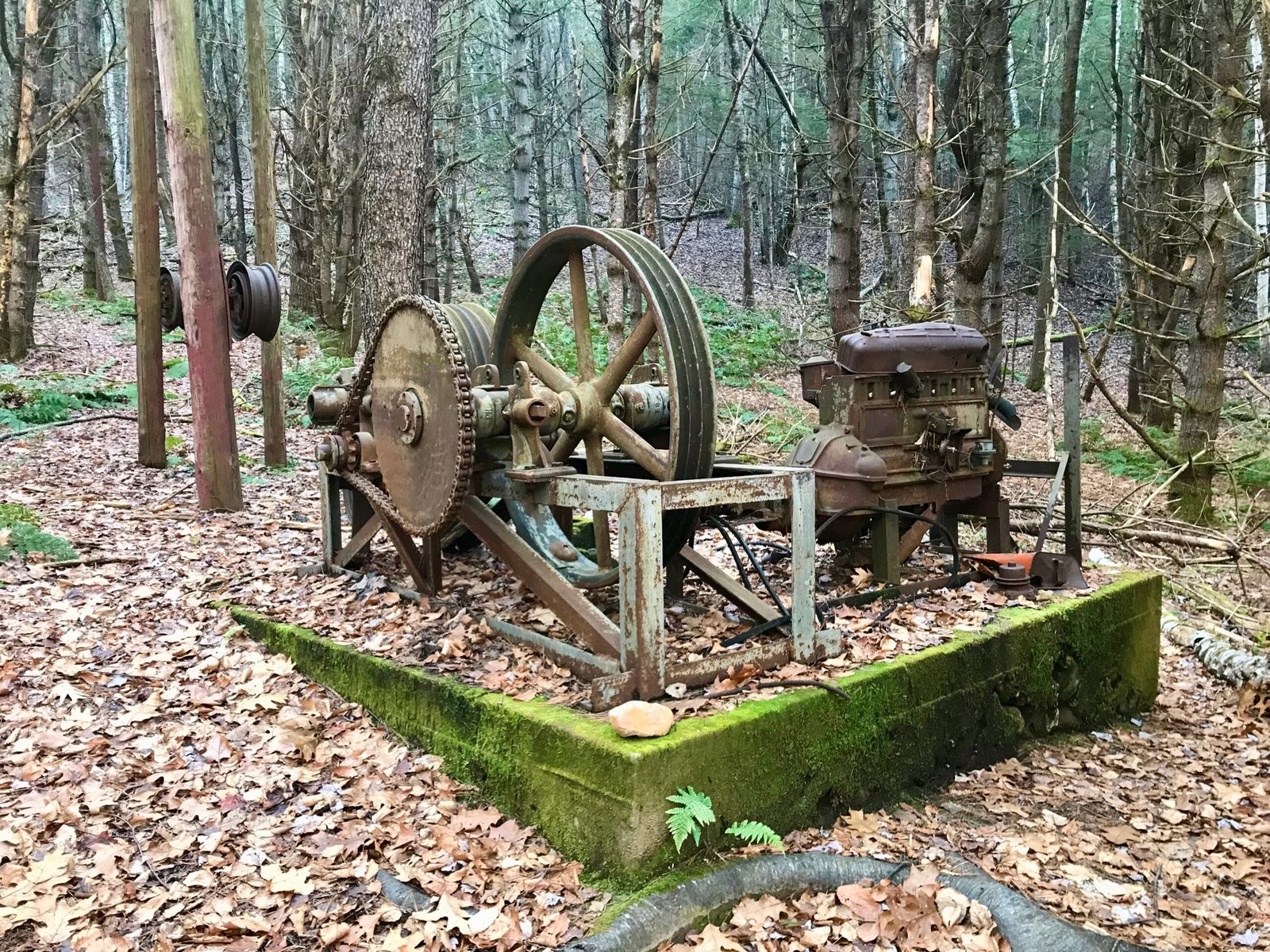
Every lost ski resort has a tale, and some are almost mythical. Take Berthoud Pass in Colorado, once a legendary spot for expert skiers seeking challenging terrain. Even after the lifts stopped spinning in the early 2000s, die-hard fans continued to hike its slopes, refusing to let go. In New England, the remains of Maple Valley in Vermont serve as a bittersweet reminder of family weekends and local ski races. These stories are woven into the landscape, shared by those who remember the way the mountain felt under their feet and the cold air on their faces. It’s a kind of folklore, passed down from one generation to the next.
The Science of Rewilding Abandoned Resorts
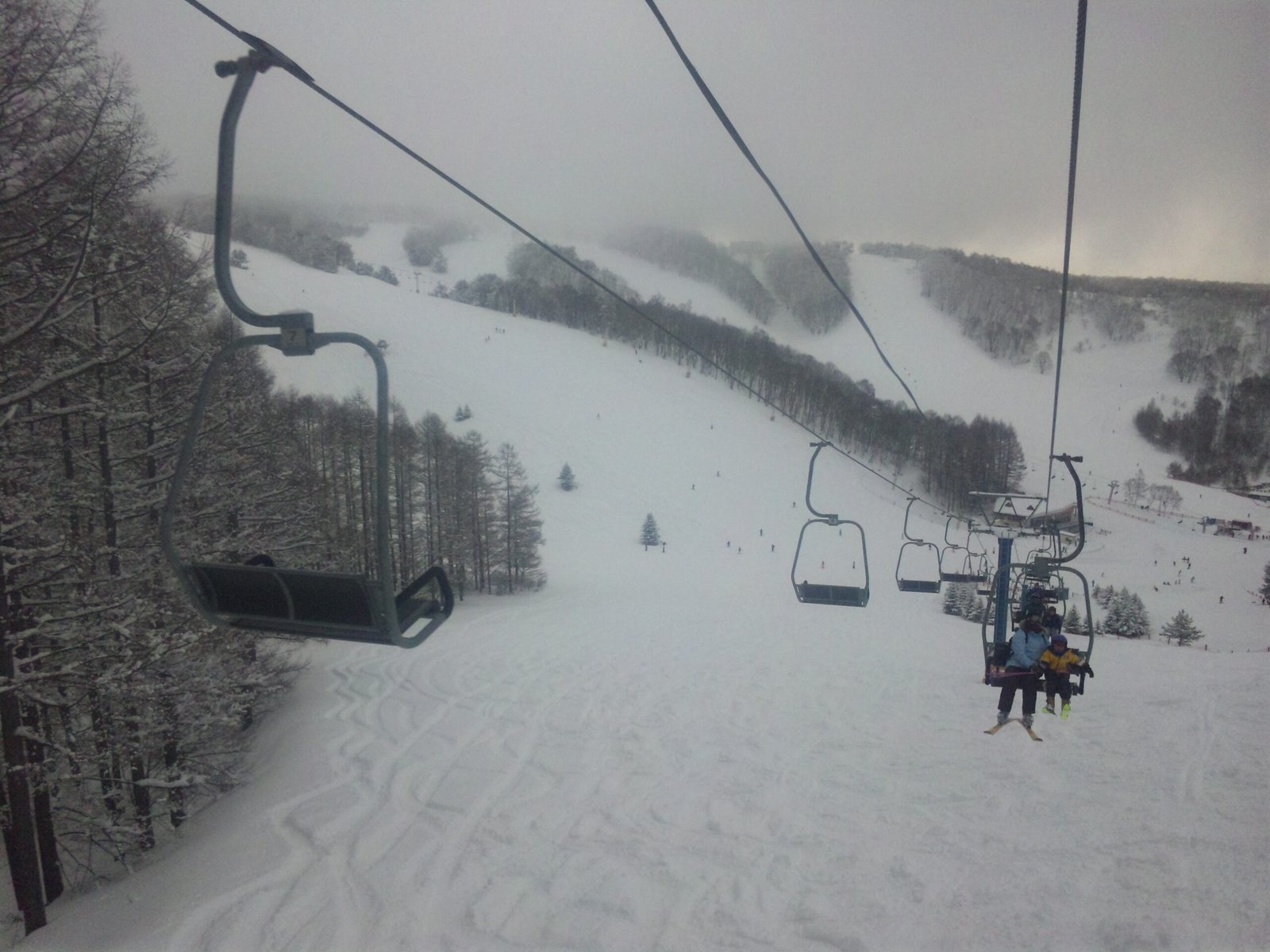
As ski resorts close and nature moves in, scientists study these landscapes to understand rewilding—the process by which human-altered environments return to a more natural state. Abandoned slopes often become corridors for wildlife, allowing animals to move between habitats that had once been fragmented by roads and buildings. Biologists have observed how quickly meadows reappear, soil heals, and native plants take root. Sometimes, remnants of ski infrastructure create new habitats for birds or small mammals. The transformation is both a loss and a renewal, proof that nature is resilient and adaptable, even after decades of disturbance.
The Ghost Town Phenomenon in Ski Country
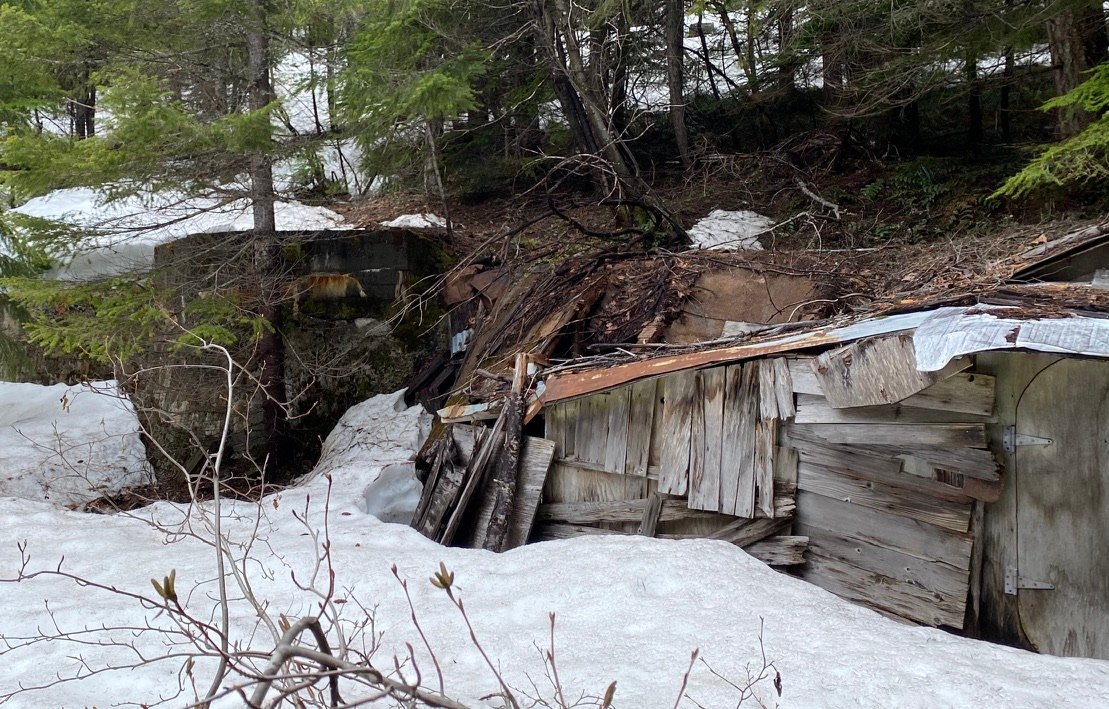
For some communities, the loss of a ski resort meant more than empty slopes—it signaled the birth of a modern ghost town. Businesses that once thrived on winter tourism shuttered their doors, leaving behind faded signs and abandoned hotels. Schools closed, and young families moved away, seeking opportunity elsewhere. In places like Tamarack, Idaho, ambitious plans for luxury resorts ended in unfinished condos and dreams left hanging. These ghost towns are stark reminders of the fragile balance between economy and environment in mountainous regions. Walking through them can feel like stepping into a time capsule, where echoes of laughter and music linger in the cold mountain air.
What’s Left for Adventurers and Explorers
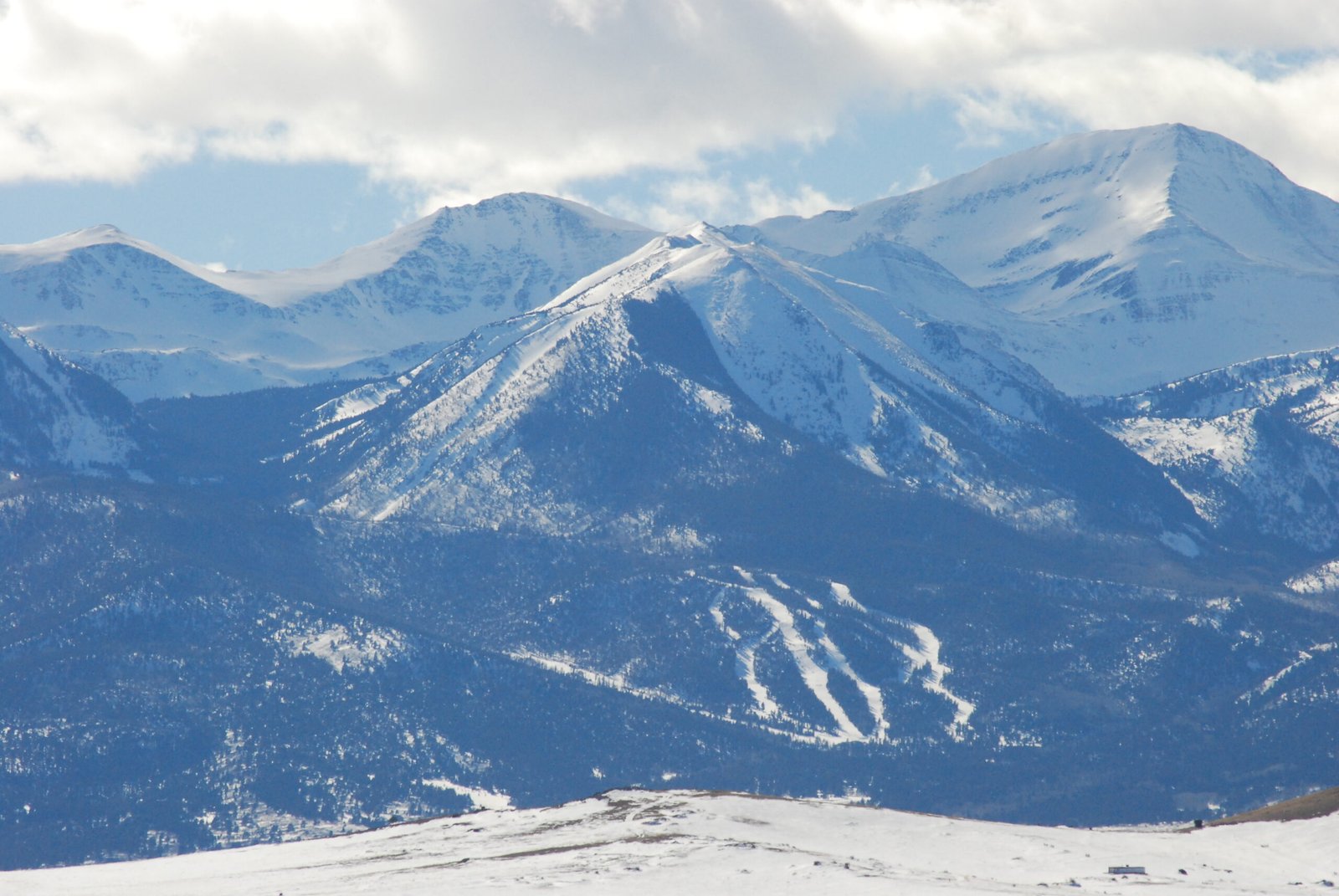
Lost ski resorts have become a secret playground for a new kind of adventurer. Urban explorers, hikers, and history buffs hunt for hidden ruins and overgrown trails, drawn by the thrill of discovery. Some bring cameras to capture the haunting beauty, while others come to imagine what it was like in the heyday of packed lodges and roaring fireplaces. For a few, these places offer a quiet sanctuary, far from the crowds of today’s mega-resorts. There’s a sense of connection to the past—a reminder that behind every forgotten lift lies a story worth uncovering.
Lessons Learned: Resilience and Adaptation
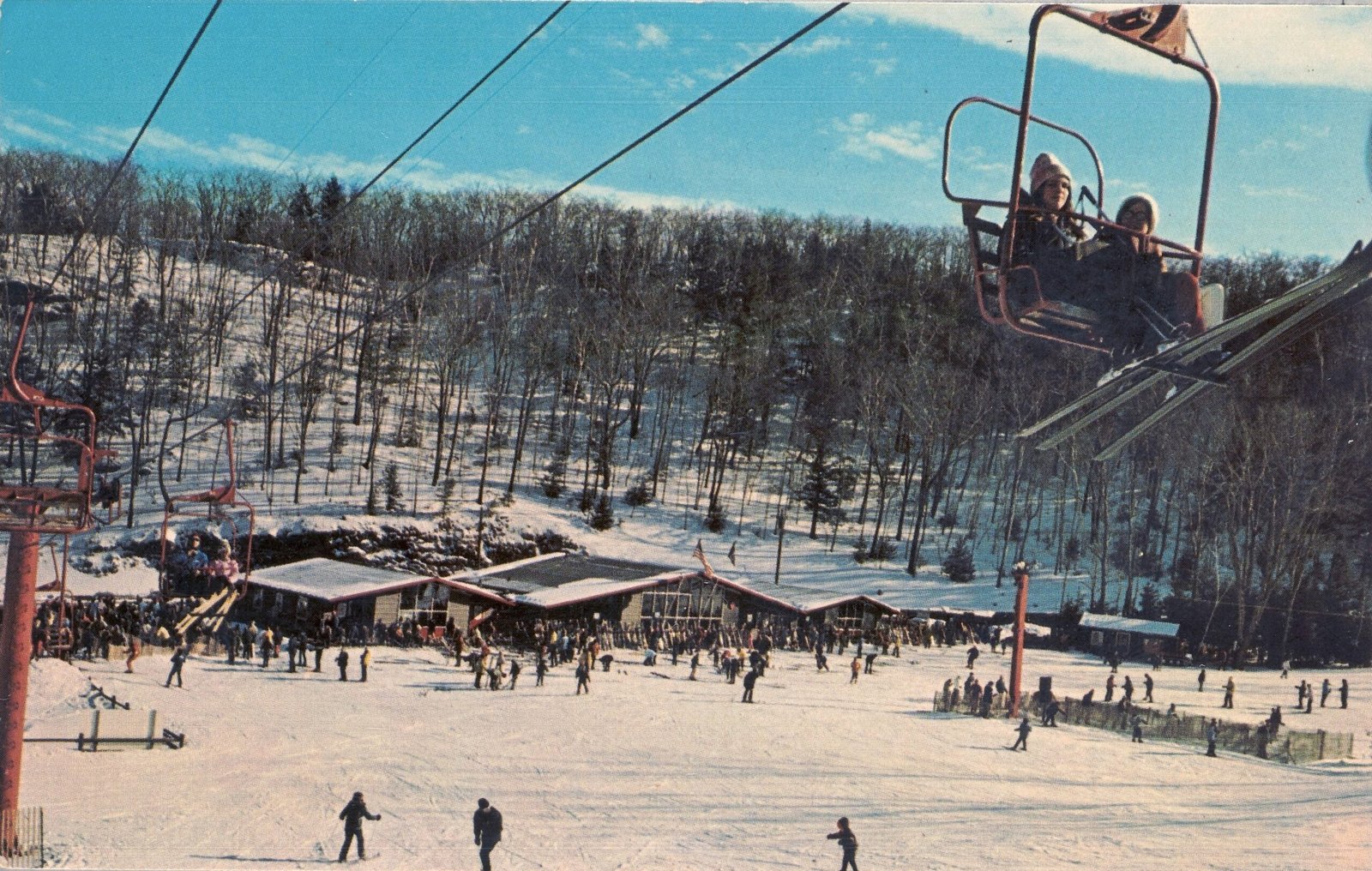
The fate of the lost ski resorts offers important lessons about resilience and adaptation. Some communities have managed to reinvent themselves, turning abandoned ski hills into parks, hiking areas, or nature reserves. Creative entrepreneurs host music festivals or outdoor adventure races on the old trails. These stories highlight the power of reinvention and the human spirit’s ability to adapt when faced with change. They also remind us that our relationship with the mountains is constantly evolving—what was once a ski resort may become something entirely new, shaped by the needs and dreams of those who remain.
The Future of Skiing in a Changing World
With each winter, the future of skiing grows more uncertain. Climate models predict further warming, threatening even high-altitude resorts that once seemed untouchable. Industry leaders are investing in sustainable practices, from renewable energy to eco-friendly snowmaking, hoping to slow the decline. Others look to the past for inspiration, reviving forgotten trails for backcountry skiing or snowshoeing. The fate of the sport—and the places that define it—will depend on our willingness to adapt, innovate, and respect the natural world. The story of lost ski resorts is not just about endings, but about finding new beginnings in unexpected places.
Why These Lost Resorts Still Matter
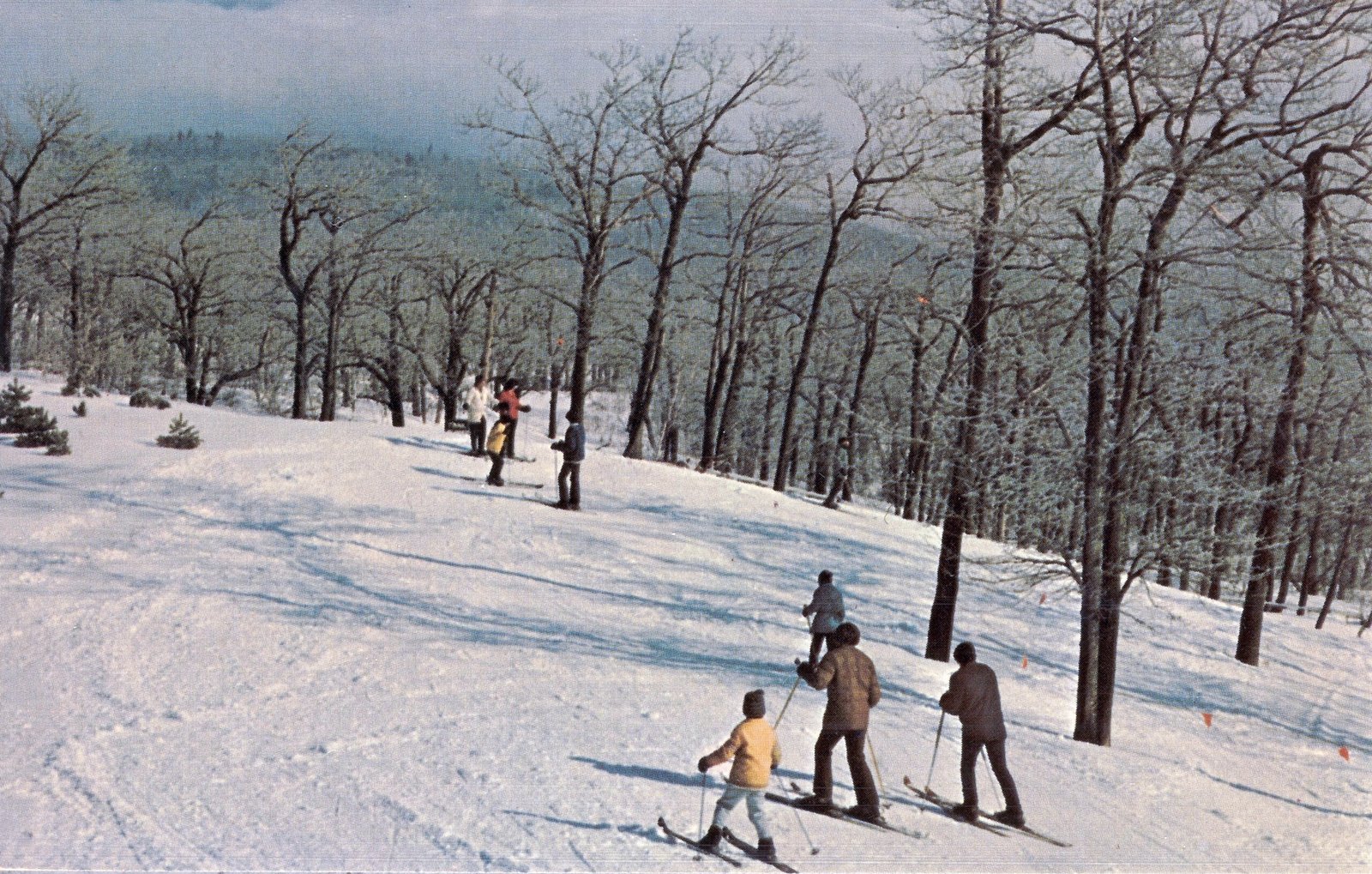
Even as nature reclaims the slopes, the memory of lost ski resorts continues to inspire. They are more than relics; they are symbols of hope, adventure, and the fleeting nature of human achievement. Their stories encourage us to cherish the wild places we still have and to reflect on our impact as visitors in the mountains. Whether you’re a skier, hiker, or simply a dreamer, the vanished resorts of the 20th century invite us to look closer—at history, at nature, and at our own place in the ever-changing landscape. What secrets would you hope to discover on a forgotten mountain trail?




